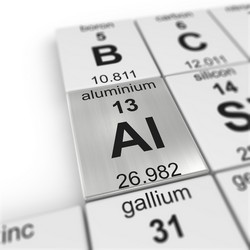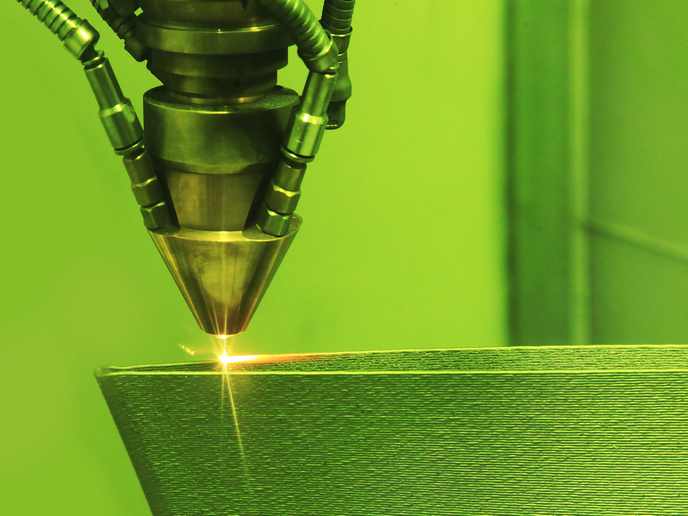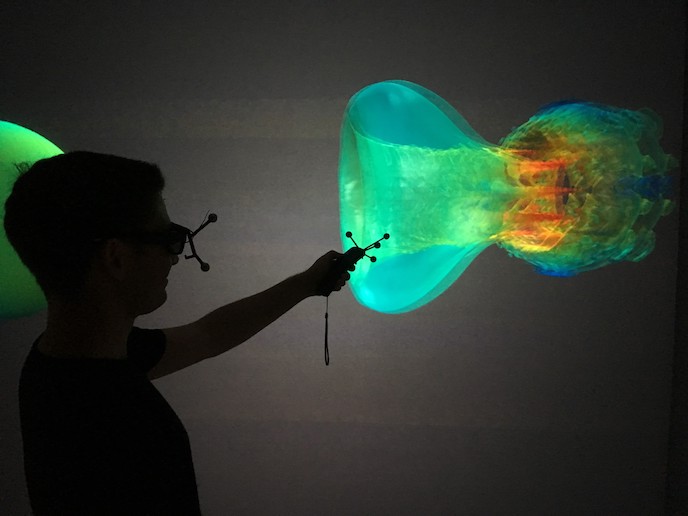Selective laser melting for aluminium alloys
Selective laser melting is a process for fabricating complex parts from loose power and has the potential to achieve significant savings in materials, energy and time. Today, the process is commonly used in engineering titanium alloys, stainless steels and nickel-based alloys. The EU-funded project HI-STA-PART (High strength aluminium alloy parts by selective laser melting) aimed to demonstrate its suitability for producing aerospace-grade aluminium alloy parts. Selective laser melting of aluminium alloys is not as straightforward as with other materials because of the combination of their physical properties. Aluminium is characterised by low absorption of infrared radiation and high thermal conductivity whose combination results in relatively porous parts. To address this problem, engineers rely on high laser powers and multiple scans per layer to remedy defects. The HI-STA-PART team focused on a new alloy called Scalmalloy® characterised by its high-strength capabilities and weldability. This second-generation aluminium-magnesium-scandium alloy had been developed outside of the project to produce aircraft aluminium parts. Researchers analysed the powder size distribution of Scalmalloy® and found that it matches the requirements for selective laser melting. Moreover, its tapped density was estimated to be around 51-52 %, which is very similar to other types of powder used so far. In addition, the flowability of the powder was tested in different selective laser melting systems. The results confirmed that it can be processed by laser and, therefore, used it to produce demonstration components. One of them was the locking hub of a door-opening mechanism, while another was a corner fitting for aircraft. Once the demonstration components had been manufactured, researchers examined possible deviations from the computer-aided design model; these did not exceed ± 0.250 mm. The relatively small figure suggested that a final machining stage is necessary to ensure optimal performance of the parts. The samples produced during HI-STA-PART were also tested in terms of fatigue and hardness. Despite the localised corrosion observed on the surface and its relative softness compared to other aluminium alloys, Scalmalloy® proved to be a suitable material for aircraft components. Importantly, selective laser melting of Scalmalloy® promises less waste than traditional manufacturing processes, such as milling, turning and grinding. Besides a smaller environmental footprint, HI-STA-PART has demonstrated the many benefits of this direct manufacturing process that can help the European aircraft manufacturing industry maintain its competitive advantage.







